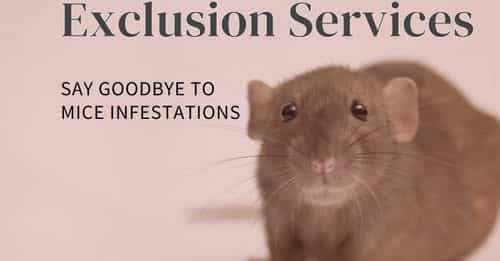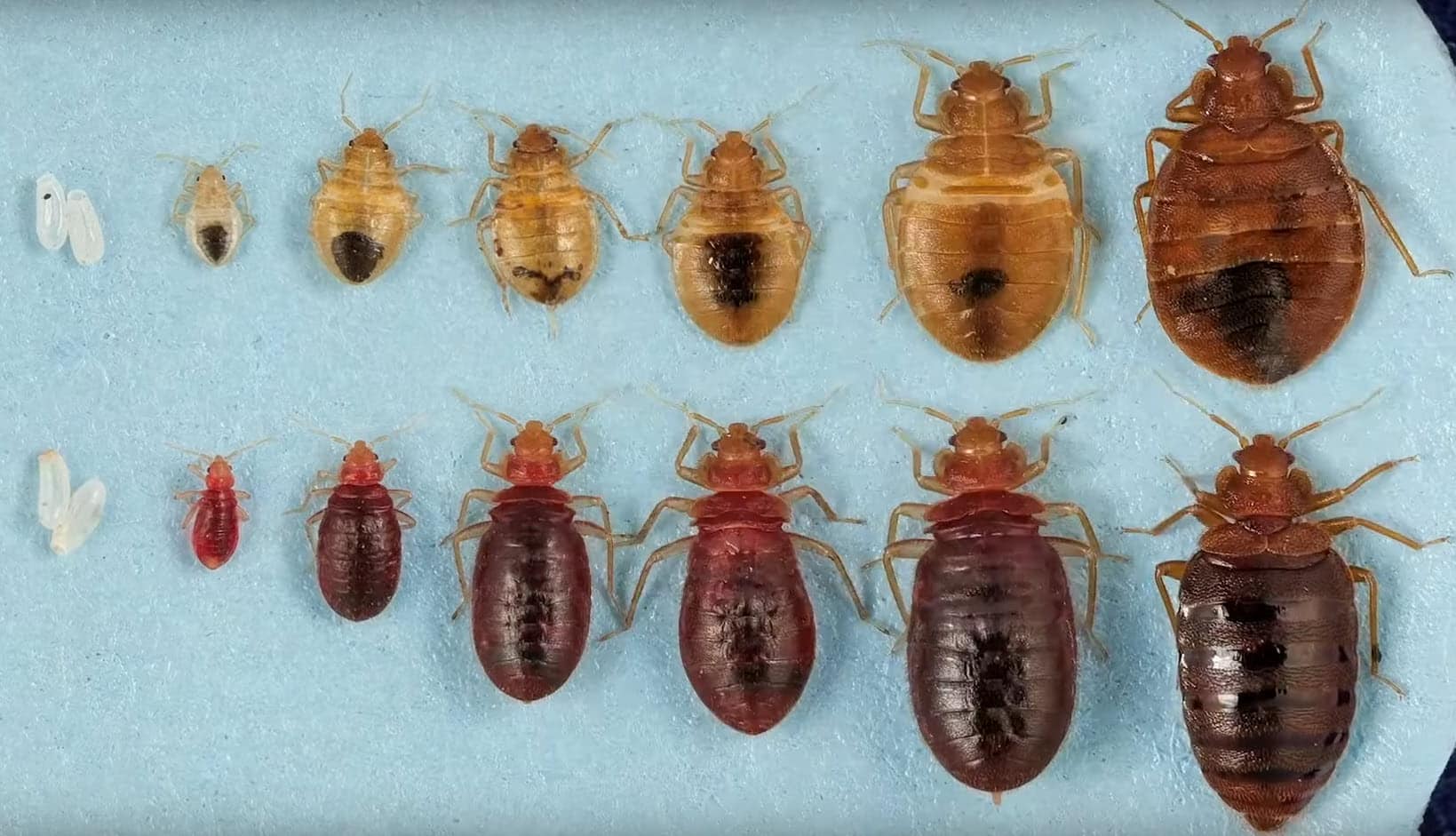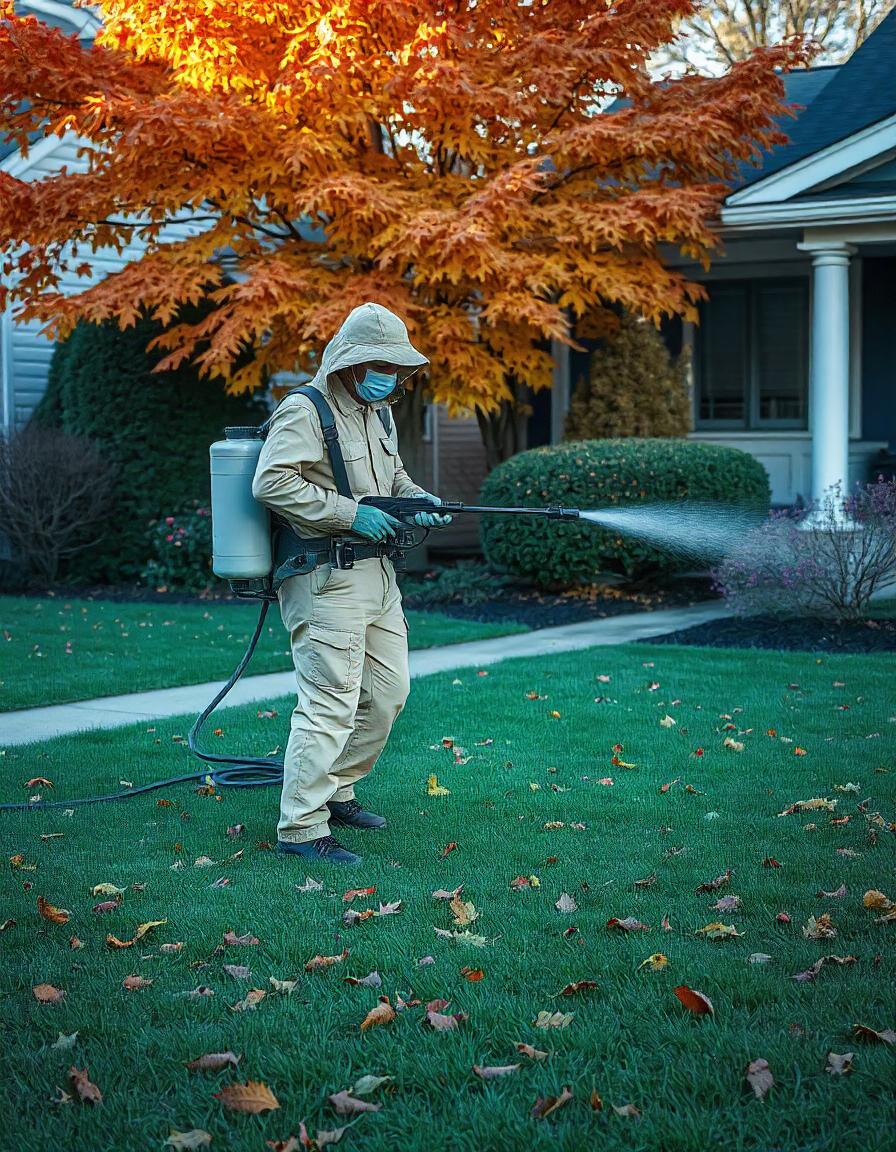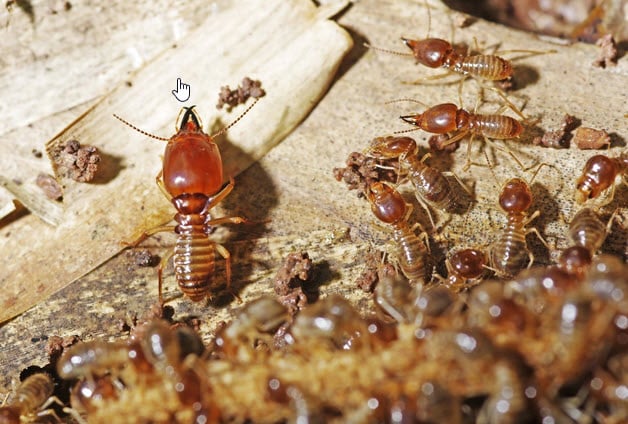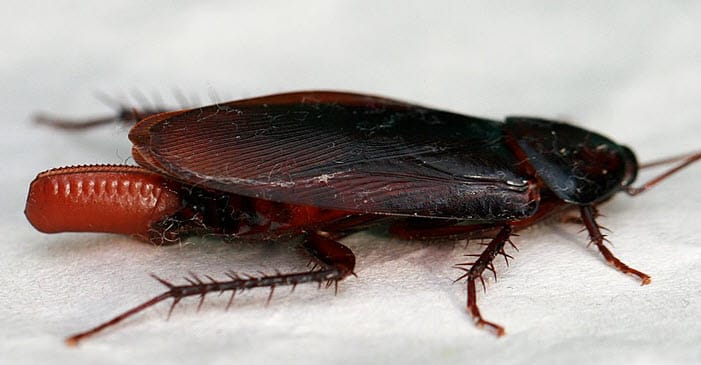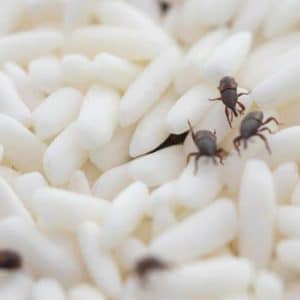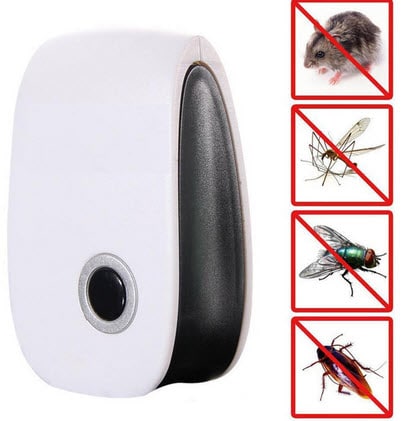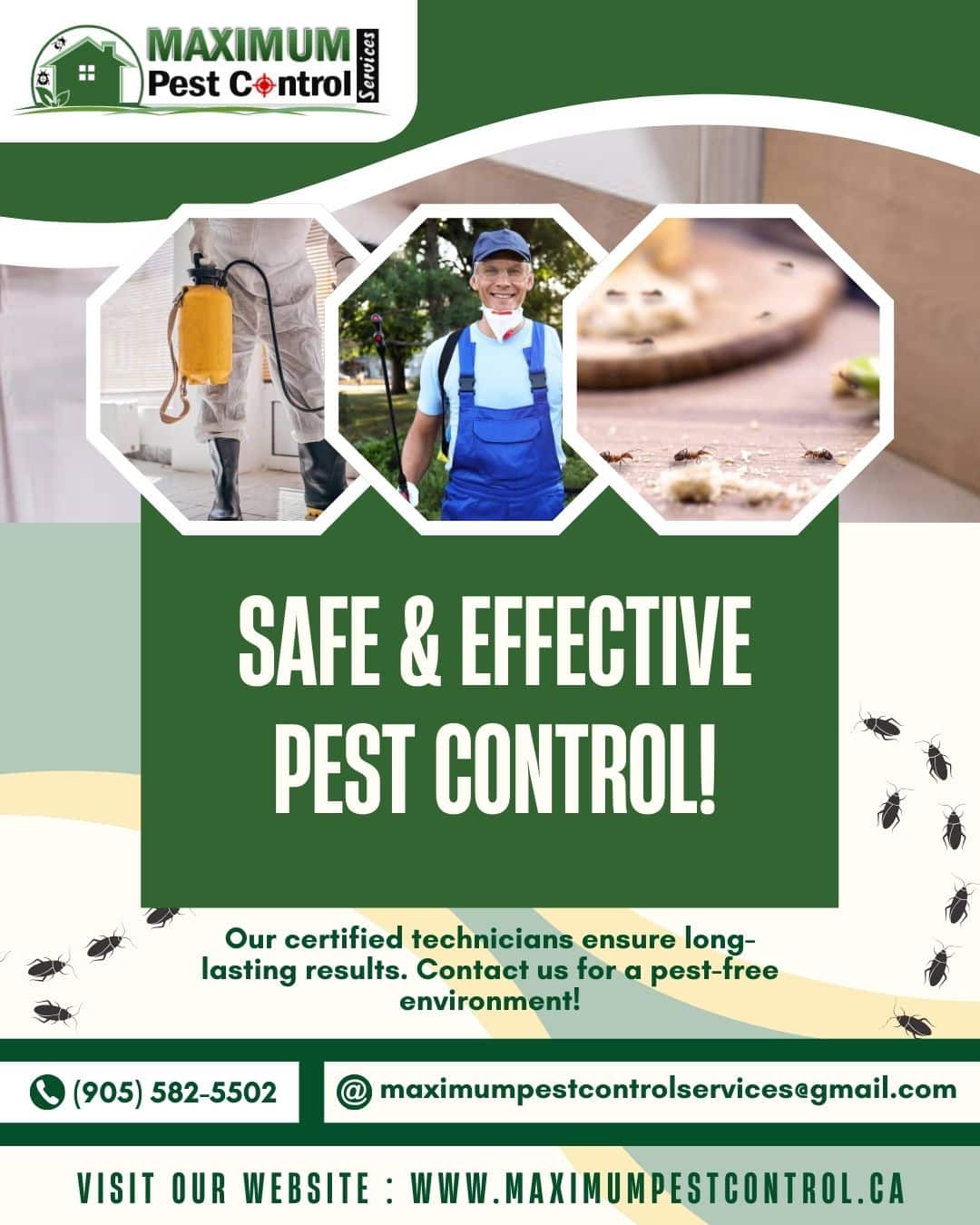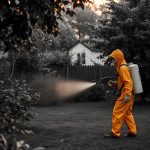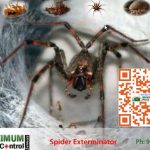
Top Pest Trends to Watch Out for in 2025
Pest never take a break. Pests change and evolve with the modern world. They respond to technological advancement and even climate changes. It gives the appearance as though many authorities are searching for one or more significant outbreaks that could occur in real time in 2025. Some of the pests are going to get bolder. Others may become smarter by learning how to adjust to different new circumstances. These will affect homes, offices, and public places. Following are eight pest trends you need to know in 2025.
1.Increase in Rodent Population
Rodents reproduce rapidly and acclimatize to new food sources. Urbanization gives rats and mice new chances to live. Experts believe the rodent population will increase in 2025.
Warmer winters enable them to live longer. They will also move into regions that were previously too cold for them to live in. This trend can cause health dangers through disease and spoiled food. Rodents also cause structural damage by chewing on wires and insulation. Get a jump on it by sealing cracks with caulk and keeping garbage cans tightly closed.
Early detection equals fewer monster infestations. Keep on top of it and avoid expensive and headache-causing occurrences in the future. Give your house a good cleaning to reduce the areas in which they have the potential to hide. Maintain outlying structures that can give rodents nesting areas in check.
2. Rise of Super bedbugs
Bedbugs have been a nuisance for decades. Hotels, dormitories and houses are ideal for them due to their ability to quickly reproduce. They are painful in that they produce itchy welts, and you can also get poor sleep from them. Some bedbugs are resistant to most pesticides. They are referred to by experts as “super bedbugs” due to their resistance to many chemical treatments. In 2025, due to the increased travel around the world, there will be more infestations. They reside in furniture, clothing and suitcases. This is because detection is done early and thoroughly. Steam and professional heat treatment will eliminate them. You can also use the use of mattress covers to minimize the breeding areas. Vacuuming regularly and washing bedding in hot water is also helpful. Seek the services of a professional as soon as you notice any signs of infestation.
3. Mosquitoes and Climate Change
Mosquitoes love warm and wet weather. Global warming translates into more rain and heat in most areas. We can expect more mosquitoes in 2025. Mosquitoes transmit Zika, dengue, and West Nile virus, just to name a few. Mosquitoes can have a longer breeding season with warmer winters. Your garden and lawn are the ideal breeding ground since they contain standing water. Search for puddles, blocked gutters, and open containers. Doors and windows with screens will keep them out. Use insect repellent outdoors, especially at dawn and dusk.
4. Increased Termite Swarms
Termites cause billions of dollars in property damage each year. Termites eat wood structures and weaken foundations. Warm weather supports longer termite swarming seasons. We can expect larger infestations in 2025. Some species can migrate north as climate zones shift. We get early warning of termite activity with routine inspections.
Look for mud tubes, hollow-sounding wood, and shed wings. Termites are suspected, and a professional should be summoned to inspect. Treatments can range from liquid barriers or bait systems around the house. Fix water leaks to deter termites that are searching for water. Woodpiles need to be far enough away from the house so as not to attract. Good ventilation in crawl spaces and attics helps. An ounce of prevention saves thousands of dollars in repairs later on.
5. Cockroaches Becoming Harder to Eliminate
Cockroaches are one of the most resilient insects on earth. They survive extreme heat and reproduce like rabbits. In 2025, there will be a higher number of cockroach infestation complaints in metropolitan cities. Tall apartments and warmer climates will set off their growth.
Good hygiene and blocking entry points can minimize infestations. Cleaning regularly deprives them of food sources. Professionals also provides directed treatment for chronic issues. Do not wait if you notice roach droppings or egg cases. One roach can mean a hidden colony.
6. Invasive Insects Spreading
International travel of humans and goods spreads invasive insects to new habitats. Invasive insects compete with native insects and devastate ecosystems. They can harm farm crops, trees, and flowers. One example of an invasive insect in recent years is the spotted lanternfly. It feeds on fruit trees and flowering shrubs and causes enormous losses.
We can have more invasive insects in 2025. They thrive where they do not have their natural enemies. Detection and rapid response can contain their spread. Educate yourself on local quarantine practices and identification practices. Inform state or local authorities about unknown insects. This helps the authorities trace and contain invasive infestations. You can also guard your garden by making your plants healthy. Healthy plants repel insects better.
7. Electronic Pest Monitoring
Technology is becoming more involved in pest control every year. Sensors and smart traps can track pest activity in real time. They alert your phone or a pest control centre. In 2025, we can anticipate broader implementation of these systems. They allow homes and businesses to catch infestations early.
Electronic pest control saves time and money. It also cuts down on mass chemical usage. You directly treat the problem at the source. Most newer systems are AI-driven to identify pests through movement and visual recognition. That translates to safer and more accurate treatment. There are even smart traps that will be capable of distinguishing between rodent species. They will then react to specialized bait or trapping methods. The technology only improves and improves, with improved solutions every year.
8. Environmentally Friendly Pest Control Services
Clients prefer Eco sustainable pest control solutions. They worry on how chemicals can filter to pets, children and even the surroundings. Green services achieve this using plant derived products and less hazardous procedures. Most use oils from plants, living organisms which are used to control populations of harmful organisms, and various methods of trapping. Some use beneficial insects that prey on common pests.
Others combine treatments with heating and vacuuming the bed of bugs. This is more environment friendly yet still productive. By the year twenty twenty five, there will be an increase in green pest control services. People look for less toxic and hazard-free products. Local governments can also be more stringent on policies which concern the use of chemicals. This can encourage companies to use greener substitutes. Organic certified brands that practice integrated pest control should be preferred in the search for greener approaches. These help in keeping the house devoid of pests in an Eco-friendly manner.
Conclusion
Pests are not disappearing and are likely to get stronger in their resistance to our efforts at management. 2025 has some patterns in emerging dangers and emerging solutions. This is because rodents will increase their population, bedbugs will be tough to eradicate, and mosquitoes will spread diseases. There is likely to be an increase in termite swarms, cockroaches will be resistant to treatment, and to other insects, and invasive insects will still pose a threat.
Yet technology and environmental stewardship offer the promise of better means of fighting back. We can now monitor pests effectively and choose safer options.

